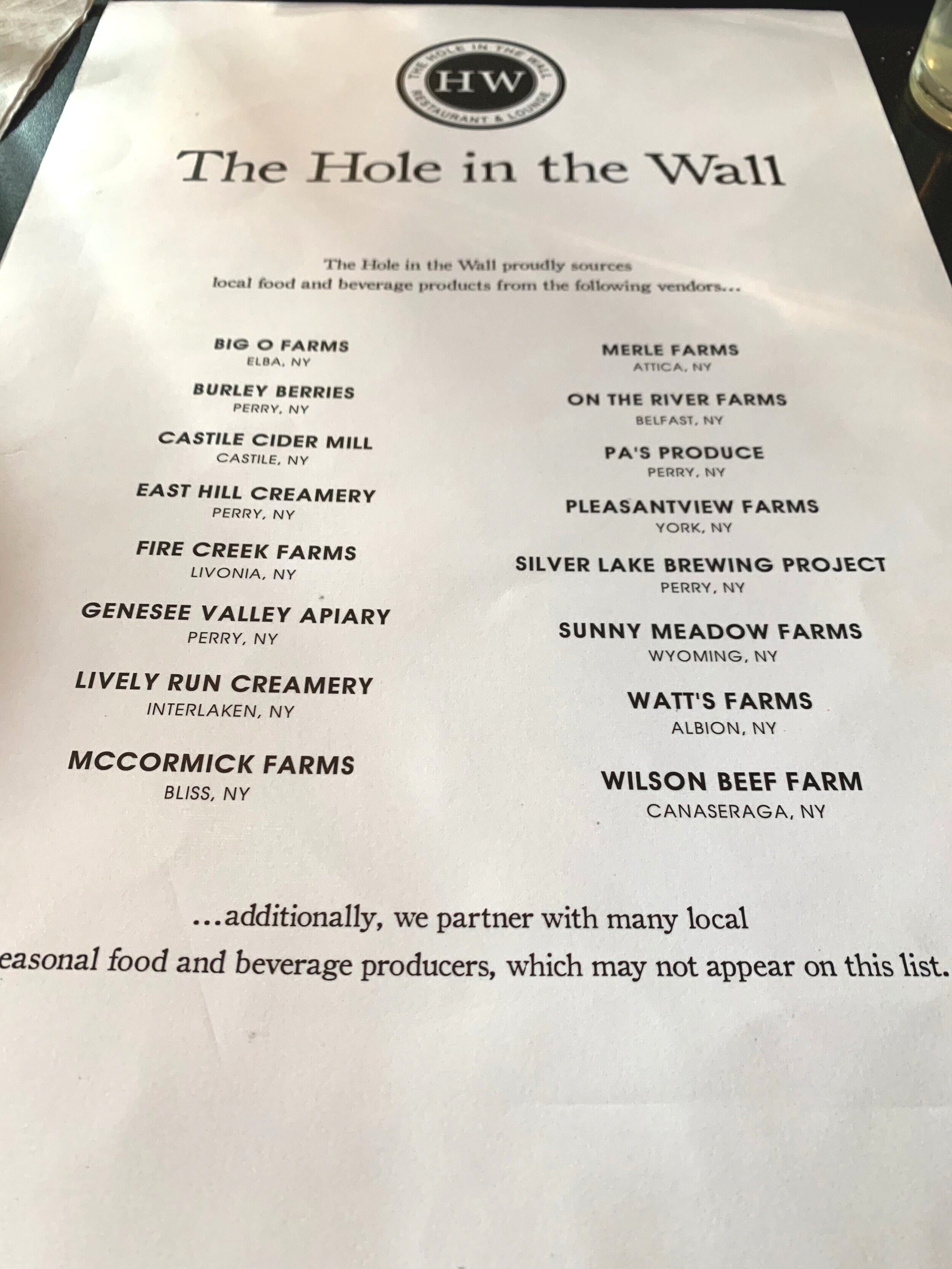For the month of March, Letchworth Gateway Villages is featuring profiles of women working in all aspects of the food industry in the Genesee Valley. While women make up almost half of the national workforce, only 22% of head chefs in the country were women in 2019, according to the U.S. Bureau of Labor Statistics. The job of chef had the second highest gender pay gap of any profession in the country, with a gap of 24.6%. The restaurant industry is notoriously demanding, typically lacking predictable schedules, benefits, human resource departments, and maternity leave. The Genesee Valley is lucky to have a number of fantastic restaurants run by women throughout the region. Today LGV is featuring Melanie Alvarez Santiago, chef-owner of the Borikén Restaurant in Mount Morris.
Melanie Alvarez Santiago cooking at the Borikén Restaurant in Mount Morris.
Melanie Alvarez Santiago knew she wanted to work with food from a young age: she loved the creativity it inspired and the effect it had on people. Living in Puerto Rico, she graduated from high school a year early and enrolled in Escuela Hotelera of San Juan, where she got a culinary diploma. She worked in three restaurants and at a wholesale company before deciding to start her own business. Alvarez Santiago and her husband started running a food truck, Almuerzos by Nanay, in Caguas, Puerto Rico, and were so successful that they recouped all their costs in their first year of business. When the Puerto Rican economy took a downturn, Alvarez Santiago and her family packed up and moved to Livingston County.
Mofongo at the Borikén Restaurant; one of Alvarez Santiago’s favorite dishes.
While working as a production manager at the Walmart in Geneseo, Alvarez Santiago learned about the Livingston County Dream-O-Vate Competition, which aimed to increase the county’s downtown retail occupancy. Livingston County has great American and European restaurants, but Alvarez Santiago recognized that a Caribbean-style Hispanic restaurant would add to the existing diversity of the region, appeal to many people in the community, and help the area become more attractive to visitors. After winning Dream-O-Vate, she created the Borikén Restaurant as a place for people to come together with their family and friends and bond over food. Borikén opened its doors in November and has quickly become a local favorite. Alvarez Santiago suggests guests try chinchorro de PR, a variety of small plates meant to be shared with friends; carne de res guisada, beef stewed with tomato sauce, carrots, and sofrito; and mofongo, mashed plantain stuffed with chicken, pork, skirt steak, shrimp, or sautéed veggies.
The unity of the business community in the region is Alvarez Santiago’s favorite part of having a restaurant in the Genesee Valley, sharing that “all the advice and good wishes that were given to me when I opened my doors filled me with support and good energies...The reality is that we all help each other, we all impact the experience of those who decide to visit us and that way we all benefit.” For Women’s History Month, she hopes that other women looking to open their own businesses know that they can achieve anything, stressing that “women have the ability to adapt to difficult situations.” In the restaurant field “where hard work never stops,” Alvarez Santiago acknowledges that women face different challenges than men do and thinks there should be more conscientious provisions for sick leave to make the industry accessible to all and to help retain talent. Borikén, a woman- and immigrant-owned business, allows guests to explore the diversity of the Genesee Valley alongside delicious food and a welcoming atmosphere. Visit the Borikén Restaurant at 40 Main St, Mt. Morris, Wednesdays through Sundays.





